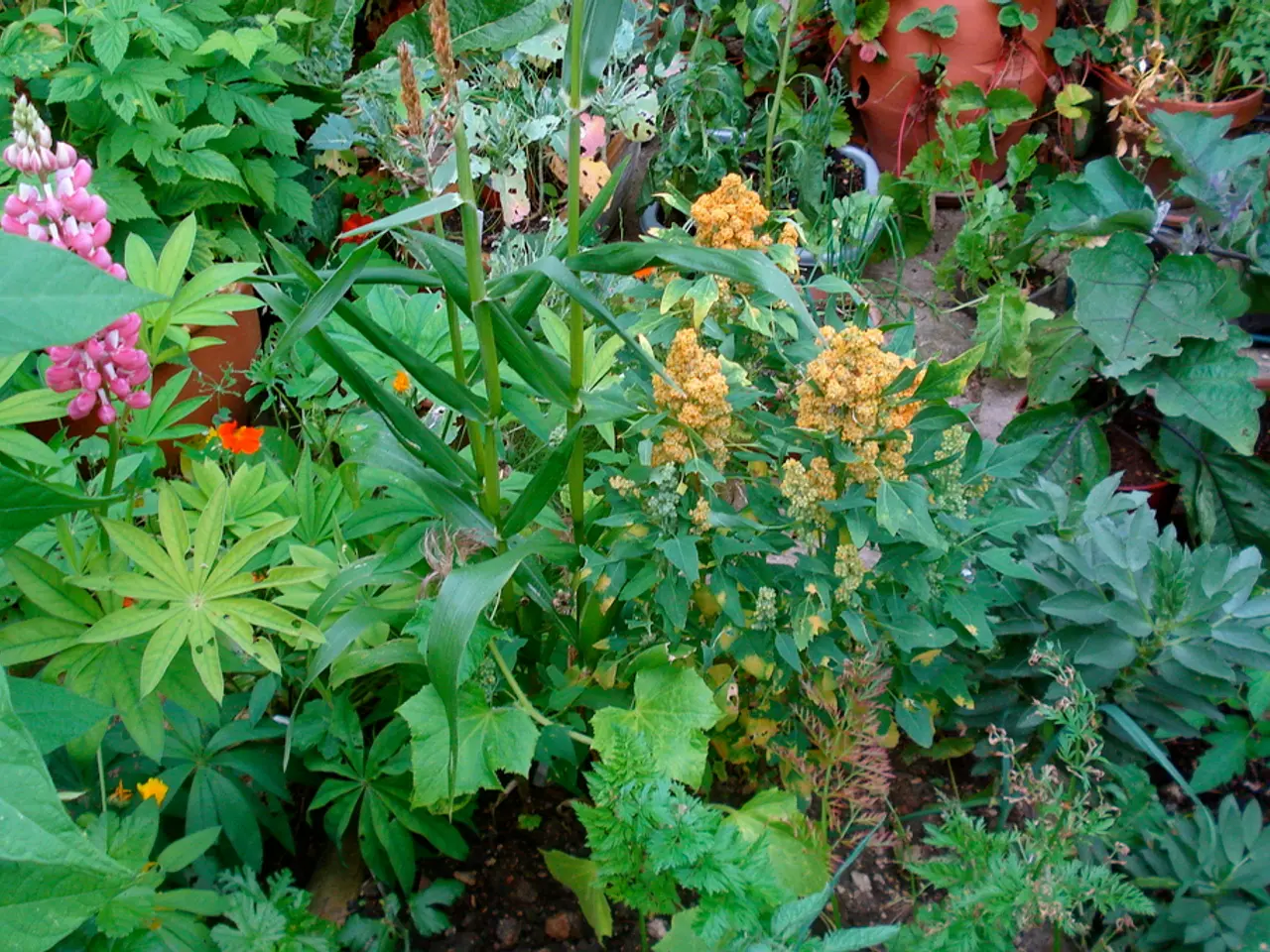Explore the groundbreaking gardens of Beth Chatto before Monty Don's exploration of British Gardens.
In the heart of Essex, England, lies a garden that has become an international symbol of ecological gardening - Beth Chatto's Gravel Garden. This remarkable creation, part of a larger project that began in the 1960s, was established in the 1990s and has since captivated visitors with its unique charm and resilience.
Born in Essex, Beth Chatto took on a challenging site with boggy, dry, and infertile conditions. Her approach to gardening was revolutionary, focusing on the right plant for the right place, a philosophy inspired by Gertrude Jekyll. The Gravel Garden, a testament to this approach, was designed to thrive on nutrient-poor soil without irrigation.
The design of the Gravel Garden is a harmonious blend of form and function. The garden features a carefully curated selection of plants, many of them drought-tolerant species from Mediterranean climates, growing seemingly directly out of the gravel. A 4cm-deep mulch of sand and gravel atop the soil helps to retain moisture, suppress weeds, and reflect sunlight, creating a visually striking and low-maintenance landscape.
The Gravel Garden's beauty is not confined to its dry conditions. Each season brings a new layer of charm, from the spring blooms of succulents to the autumnal hues of grasses and perennials. This emphasis on seasonal interest is a hallmark of Chatto's work, reflecting her aim to create a beautiful, low-input garden that would thrive year-round in the challenging Essex climate and conditions.
The Gravel Garden was not always a garden. Originally the nursery's car park, it was transformed into a vibrant oasis by Chatto's meticulous planning and dedication. She dug over the compacted ground, adding compost to enrich the soil, before laying down the gravel and planting the drought-tolerant species that would become the garden's backbone.
The Gravel Garden is just one of the many wonders that can be found at Beth Chatto's garden at Elmstead Market, near Colchester. The Water Garden, with its four ponds and calming atmosphere, was inspired by a cloud formation. The Woodland Garden, created beneath a copse of oak trees after the Great Storm of October 1987, is a haven for spring bulbs like snowdrops, hellebores, and daffodils, as well as rarer treasures such as trilliums and erythroniums.
James Hitchmough, emeritus professor of Horticultural Ecology at the University of Sheffield, described Beth Chatto's garden as "perhaps the most original British garden creation of the 20th century". Chatto's work has been instrumental in shaping the new perennial movement, not only in terms of aesthetics but also in terms of environmental sustainability. Her legacy continues to inspire gardeners and designers who seek to create sustainable, visually striking gardens that respect and enhance their environmental contexts.
- Beth Chatto's Gravel Garden, a symbol of ecological gardening in Essex, England, showcases the innovative garden design by a local designer who chose the right plants for the right place, as seen in her approach to landscaping.
- The Gravel Garden, established on a previously challenging site, features a harmonious blend of form and function, with plants growing directly out of gravel and a low-maintenance landscape created by a 4cm-deep mulch of sand and gravel.
- Each season in the Gravel Garden brings a new layer of charm, from the spring blooms of succulents to the autumnal hues of grasses and perennials, a testament to Beth Chatto's philosophy of creating a beautiful, low-input garden that thrives year-round in challenging conditions.
- The Gravel Garden, originally a nursery's car park, was transformed into a vibrant oasis by Chatto's meticulous planning and dedication, showcasing her commitment to creating sustainable, visually striking gardens that respect and enhance their environmental contexts.




